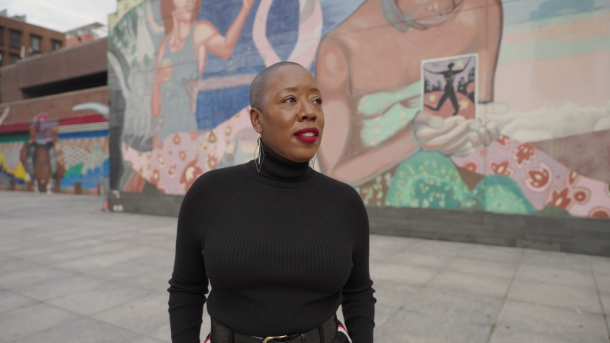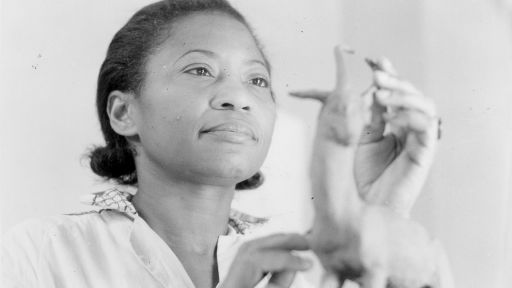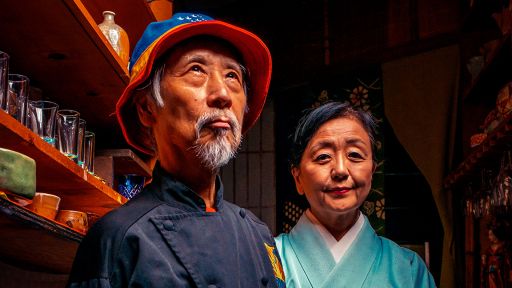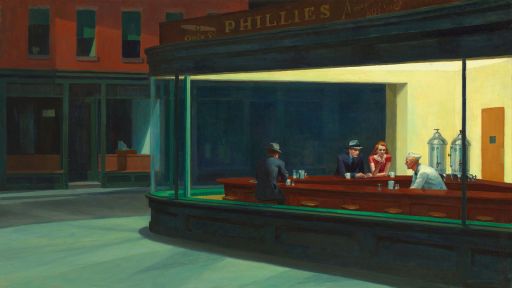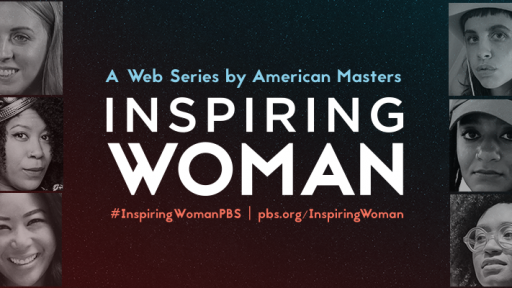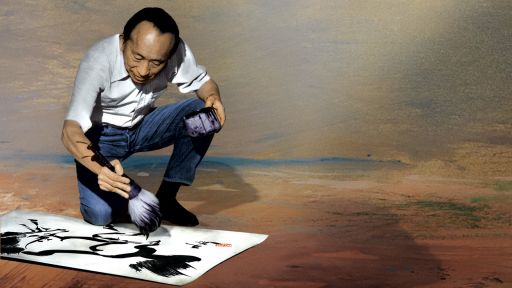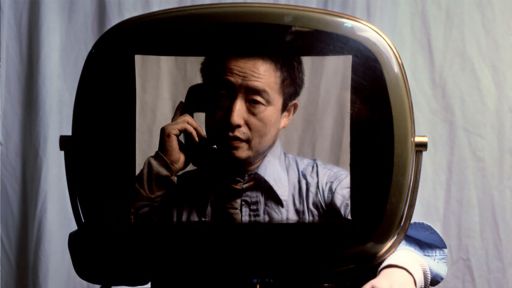In this abridged excerpt from her essay, “Labor, Love, Legacy: Augusta Savage’s Art,” art historian and curator Jeffreen M. Hayes looks at the life and legacy of Augusta Savage, whose work in community building, activism and art education carries on today. This essay was originally included in “Augusta Savage: Renaissance Woman,” published by the Cummer Museum of Art & Gardens and D. Giles Limited, London, to accompany the 2018-2020 touring exhibition of the same name. Hayes was the curator of the exhibition and is executive director of the non-profit Threewalls.
Being Black, being a woman, and being an artist are challenges in a society that does not deem these identities valuable in shaping the past, present, and future.
During the post-Reconstruction era of the early 20th century, Black women artists were part of a group of marginalized people fashioning a new identity, independent of one forced upon them during slavery. Today, with Black women and artists being asked to voluntarily lead social change, is an especially timely moment to revisit and examine these challenging intersections and to celebrate a Black woman artist—an intellectual—for lessons learned and a way forward in championing contemporary change: Augusta Christine Savage.
 Augusta Savage (1892-1962) worked as a sculptor during the Negro Renaissance—an artistic and cultural movement during the 1920s and 1930s in which cultural work was produced by Black artists about the Black lived experience. Savage made it her life’s work to activate the power of art through education and activism in order to contribute to the shaping of Black America. She was the driving force behind the artistic education of several notable artists in Harlem, including Gwendolyn Knight, Jacob Lawrence, William Artis, and Norman Lewis.
Augusta Savage (1892-1962) worked as a sculptor during the Negro Renaissance—an artistic and cultural movement during the 1920s and 1930s in which cultural work was produced by Black artists about the Black lived experience. Savage made it her life’s work to activate the power of art through education and activism in order to contribute to the shaping of Black America. She was the driving force behind the artistic education of several notable artists in Harlem, including Gwendolyn Knight, Jacob Lawrence, William Artis, and Norman Lewis.
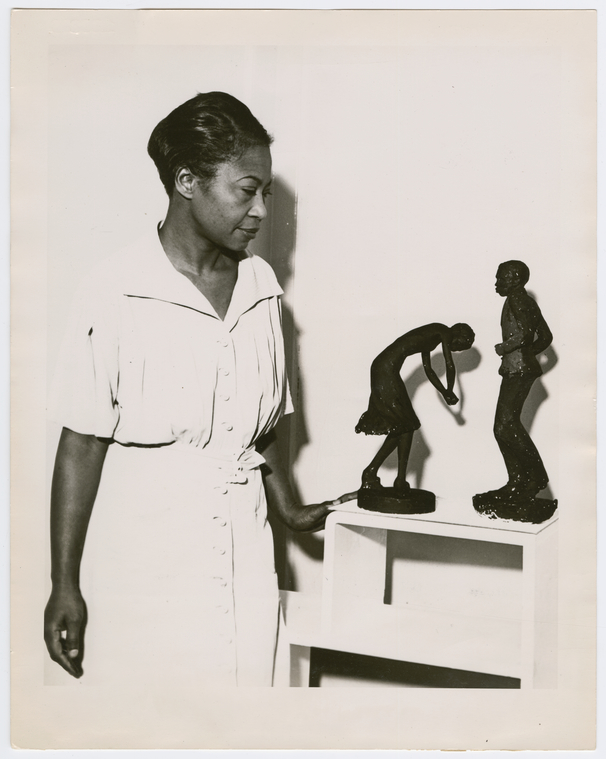
Sculptor Augusta Savage with two of her statuettes (left to right) Susie Q and Truckin’ in 1939. NYPL.
She also established community-based institutions and worked to create alternative images of Black people. As a Black woman, Savage worked and lived in the margins, “a radical space of resistance,” in the words of bell hooks, the place of “counter-hegemonic discourse that is not just found in words but in habits of being and the way one lives.”2 This essay considers Savage as a “race woman”— an artist, a thinker, and a scholar whose works helped create space for Blackness to exist in and outside of the arts and contributed to social and cultural change from a position outside the mainstream of American, and indeed Black American, culture.
The mobility of Blacks spoke to an important characteristic of the New Negro, which Savage demonstrated in her move in 1921 from Jacksonville, Florida to New York City to study art at Cooper Union, receiving financial support from the school. However, like many Black people of the era who had to work at domestic or menial labor for low wages, she also worked as an apartment caretaker in order to sustain herself. Although a gifted student who completed the four-year program in three years, Savage was not immune to the systemic racism in the types of employment available to her and also in access to scholarship monies, as evidenced by the incident that first catapulted her into the position as a race woman.
In the Spring of 1923, Savage received a summer scholarship to the prestigious Fontainebleau School of Fine Arts in France. The award provided travel and study for 100 women artists. Although the French government sponsored the program, an American selection committee comprised entirely of White men—the American Committee of Eminent American Architects, Painters, and Sculptors—identified the awardees. Unbeknownst to them, they had selected a Black woman; once they learned that Savage was Black, her scholarship was rescinded on the basis that Southern White women should not be expected to share travel accommodations with a Black woman.3 By stripping Savage of a scholarship that she had earned through merit, the committee perpetuated the notion of the inferiority of Black artists and practiced the ideology of protecting white womanhood at all costs. Savage did not take the rejection lightly; her act of protest laid the foundation for her role as a race woman and public intellectual.
The unfortunate incident was reported in various newspapers, such as the New York Amsterdam News, Negro World, New York Herald Tribune, New York World and the New York Times. Some of the headlines, reflecting the racism Blacks endured during the Jim Crow era—”Negress Denied Entry to French Art School,” “Famous Artists Draw Color Against Student” and “The Color-Line in Art”4—illuminate what often goes unspoken, even in contemporary times: racism and sexism are pervasive in the arts, a space believed to be equal and democratic for all.

Harlem Renaissance artists, 1930s. Front row: Zell Ingram, Pemberton West, Augusta Savage, Robert Pious, Sara West, Gwendolyn Bennett; back row: Elton Fax, Rex Gorleigh, Fred Perry, William Artis, Francisco Lard, Louis Jefferson, Norman Lewis. Courtesy of NYPL.
With the publicity surrounding Savage’s exclusion from the Fontainebleau program, many people took up her cause. W. E. B. Du Bois – a respected scholar and an architect of the “New Negro”- spoke on her behalf, challenging the committee’s decision by writing letters to each of the members, a critical act of advocacy demonstrating the seriousness and reality of racism. Though Du Bois worked behind the scenes on Savage’s behalf, in May 1923 she took pen to paper to speak for herself, submitting a letter to the editor of the New York World. In it, Savage took on her role as a race woman. In her response to the discrimination, she wrote:
“I hear so many complaints offered them . . . For how am I to compete with other American artists if I am not to be given the same opportunity?”6 She continues, “I don’t much care for myself because I will get along all right here, but other and better colored students might wish to apply sometime. This is the first year the school is open and I am the first colored girl to apply. I don’t like to see them establish a precedent.”7
An example of her activism for the Black community, Savage’s statement was a significant act of resistance, reflecting what [Brittney] Cooper5 defines as the race woman’s role: to give shape and meaning to the Black body in a social and political climate. Further, it challenged the expected place of Black women socially in America: to be quiet and subscribe to the male-created notion of womanhood in the domestic sphere. Perhaps the most impactful outcome of this incident was that Savage inserted herself into the discourse about race in America and in the arts at large.
In 1932, Savage opened the Savage Studio of Arts and Crafts to the Harlem community and offered art classes free of charge. Not only did she lead classes, but she also invited her students to teach. Savage built her legacy through the many young people and adults she taught and to whom she provided studio space, among them William Artis, Ernest Crichlow, Gwendolyn Knight, Jacob Lawrence, Norman Lewis, and even Morgan and Marvin Smith. While not all of the mentored artists were sculptors, they all gained valuable insight from her.
Savage took leave from her directorship 1938, when she received the 1939 World’s Fair commission for The Harp [Editor’s Note: This is now known as “Lift Every Voice and Sing”]. She was one of twelve women, and the only Black woman, selected to participate in the two-year exposition. Her sixteen-foot-high plaster sculpture, inspired by Johnson’s hymn, represented a harp with Black singing children as the strings, with the base of the instrument an arm. Despite its popularity with fair attendees, the sculpture survives only in souvenir form. Savage received very little funding for the commission and did not have enough to cast it in permanent material like bronze, a struggle the sculptor encountered throughout her artistic career.
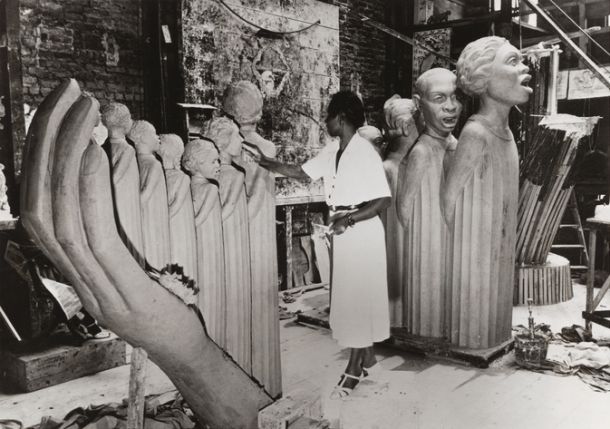
Sculptor Augusta Savage in her studio working on her 1939 New York World’s Fair monument Lift Every Voice and Sing. NYPL.
Though her tenure at the Harlem Community Art Center was short, Savage’s tenacity for educating the community through art was far-reaching, shaping the space and serving as a foundation for additional WPA-funded art centers around the country. Chicago’s South Side Community Art Center, in particular, benefited from Savage’s efforts.
In the present moment, our society is experiencing a transformative movement that calls into question our humanity and how we respond to challenging times, particularly those that challenge our acceptance of differences tied to racial identity. Savage is a beacon from whom we can learn—a voice from the past who speaks to the present about marginality, about the powerful potential of the voices and lives of the marginalized to produce change. She was a Black woman who created strategies to help her community to find within themselves the strength to live, strive, and thrive in a country that enforced boundaries that prevented their full humanity from being seen, respected and celebrated. Savage’s strategies are not typical of those we have come to understand: get a college degree and then a good-paying job; be civic-minded but not too militant. Savage—an artist, educator, activist, and race woman—did not follow the typical path set out for a Black woman in the early 20th century, but blazed a trail that we are still traveling and slowly extending in this new millennium.
[Courtesy of The Cummer Museum of Art & Gardens and D. Giles Limited, London, co-publishers of “Augusta Savage: Renaissance Woman” to accompany the 2018-2020 touring exhibition of the same name.]
1 “I was a leap year baby and it seems to me that I have been leaping ever since.” Augusta Savage, interview by the Federal Arts Commission, the artist’s studio, June 20, 1935, p. 1, Augusta Savage Papers, box 1, folder 2, Schomburg Center for Research in Black Culture, New York Public Library.
2 bell hooks, “Choosing the Margins as a Space of Radical Openness,” Framework: The Journal of Cinema and Media, no 36 (1989): 20.
3 Juanita Marie Holland, “Augusta Christine Savage: A Chronology of Her Art and Life 1892-1962,” in Augusta Savage and the Art Schools of Harlem, ed. Deirdre L. Bibby, exb. cat (New York: Schomburg Center for Research in Black Culture, New York Public Library, 1988). 13-14. The catalogue, which accompanies the exhibition organized by Deirdre L. Bibby, mentions the “Southern women as “two Alabama girls who also won the scholarship [and] complained to the committee that they could not be expected to travel or room with a ‘colored girl.'”
4 “Negress Denied Entry to French Art School,” New York Times, April 24, 1923. 8; “Famous Artists Draw Color Line against Student,” Negro World, May 3, 1923, 3; William A. Byrd, “The Color-Line in Art,” letter to the editor, New York World, April 30, 1923, n.p.
5 Brittney Cooper’s “Beyond Respectability: The Intellectual Thought of Race Women, [Urbana, Chicago, and Springfield: University of Illinois, 2017, 21.
6 Augusta Savage, “Augusta Savage on Negro Ideals,” New York World, May 20, 1923, n.p.
7 Augusta Savage, “Augusta Savage on Negro Ideals,” New York World, May 20, 1923, n.p.
8 “I have created nothing really beautiful…” Quoted in T. R. Poston, “Augusta Savage,” Metropolitan Magazine, January 1935, n.p.


